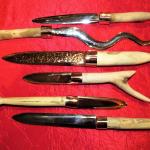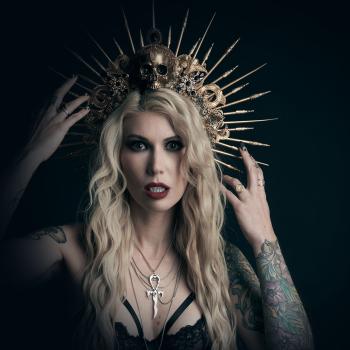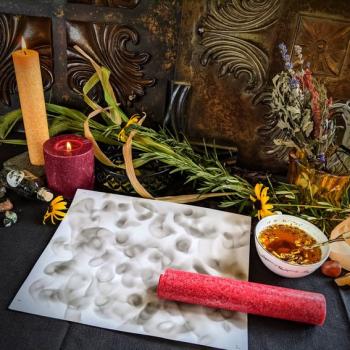The Typical and Not-so Typical Imbolc Traditions
Imbolc is one of those holidays that is easily overlooked. I admit I don’t usually do a whole lot in observance of this holy night. It is a festival consisting of rituals of purification and protection. Due to the weather in the Northern Hemisphere during this time of year it is often a ritual held indoors since it falls in the dead of winter. This is also a time of fertility and the new beginnings of spring. For me it doesn’t hold the magical sway over my psyche that festivals like Samhain and Walpurgistnacht does. However, upon second glance, as with all things, Imbolc holds a deeper occult meaning that resonates with the witch inside.
Traditionally, this is an auspicious time for divination especially in regards to the household, and its members well-being, including their prosperity. Since this is a festival of light celebrated with many candles, doing divination with a candle or other light source would be appropriate. A very common tradition that has been continued today is the creation of talisman known as Brigit’s Cross, which was made in honor of the patron goddess of the holy day, Brigid or Brigit. These crosses were sprinkled with sacred water, and hung for protection and to confer blessings. Brigit would become a Catholic saint, and the practice of honoring her on Imbolc would be replaced by lighting candles for the Virgin Mary on Candlemas.
Candlemas is also the Feast of Lights in the Catholic Church, and according to Church doctrine it marked a ritual purification of the Virgin Mary in the temple of Jerusalem, after Christ’s birth which was a customary purification ritual carried out by Jewish women at the time. This links it with the purification rituals of the Pagan holiday. One example was to use birch branches to sweep away negativity since birch is sacred to the goddess Brigit. The popular name Candlemas was derived from the ritual of purification that was performed over the new candles for the year, which could in turn be re-adapted by magical practitioners. The Pagan festival honored the return of the goddess from the Underworld and was banned by early popes. However folk practice has retained the Pagan lore of old.
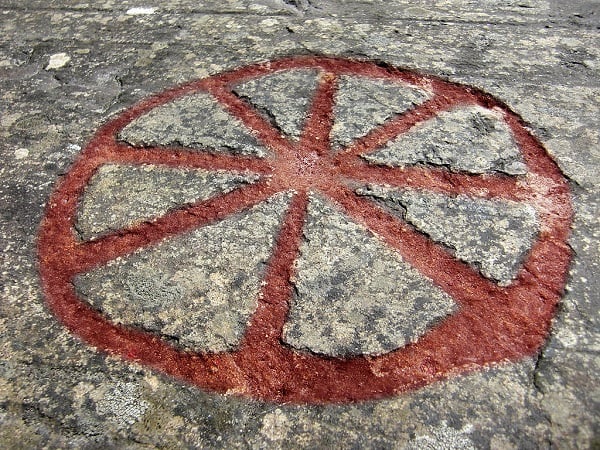
Traditional Witchcraft and Candlemas
It is said that the goddess Brigid has an important position in some forms of modern traditional craft as one of the bright aspects of the witch goddess. Esoterically this goddess represents the spiraling “dragon power” or serpent fire that passes along ley lines and spirit roads, collecting at power centers. It is also said that at Candlemas “the serpent comes out of the mound.” It is reflected in the natural world by the adders that awaken from their hibernation for the first time before spring. There is a re-awakening of the winged-serpent or dragon force after the dark season which can be felt in the pulsing of warm and cold days. The telluric fire of the earth depicted as a coiled serpent or dragon is the ancient force that can be felt as life creeps up through the cold wet ground.
In the traditional witch coven known as the Regency, which was started by Robert Cochrane, there is an interesting ritual of purification that is performed at Candlemas. This was the only indoor ritual practiced by the coven as all others were held outdoors. There stood a priestess before and altar, both she and the altar were draped in red garments. Atop the altar stood a single red candle, which amongst the other red items was representative of the generative power of the Goddess as Mother. The male members of the coven would offer her a libation and leave the area to hold a vigil. While this was happening the female members would re-dress the room in all white, including the addition of numerous candles and snowdrops. The men would return and this would complete the main body of the ritual which represents the transformation of the Goddess into a Maiden through the Mystery of Renewal.
This is a time of transformation and renewal, like the serpent shedding its skin or the Callieach transforming into a beguiling maiden. This is not only a festival of light and purification, but also the awakening of the verdant powers of the Underworld.
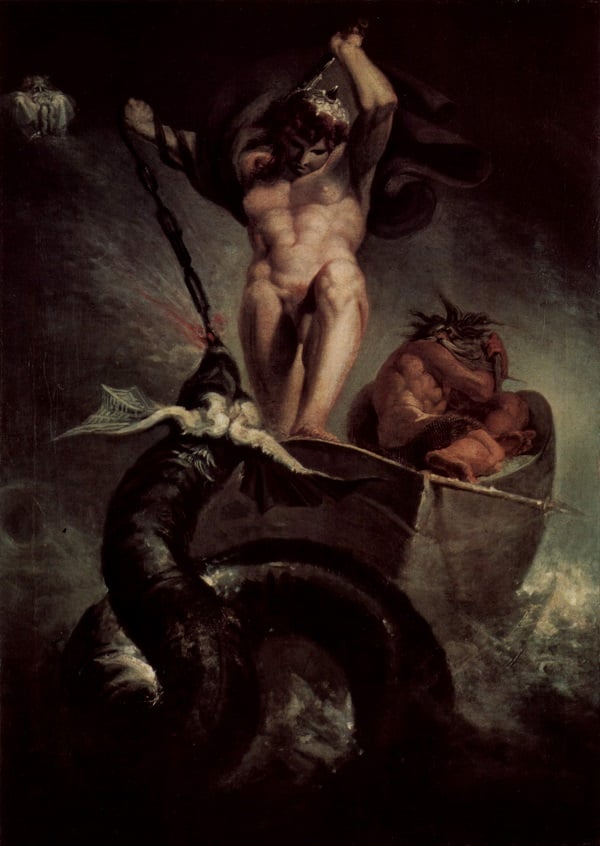
Resources:
Howard, Michael. Liber Nox: A Traditional Witch’s Gramarye.
John of Monmouth, (with Gillian Spraggs & Shani Oates) Genuine Witchcraft is Explained: The Secret History of the Royal Windsor Coven & the Regency
Imbolc Traditions; ADF. https://www.adf.org/rituals/celtic/imbolc/imbolc-traditions.html

